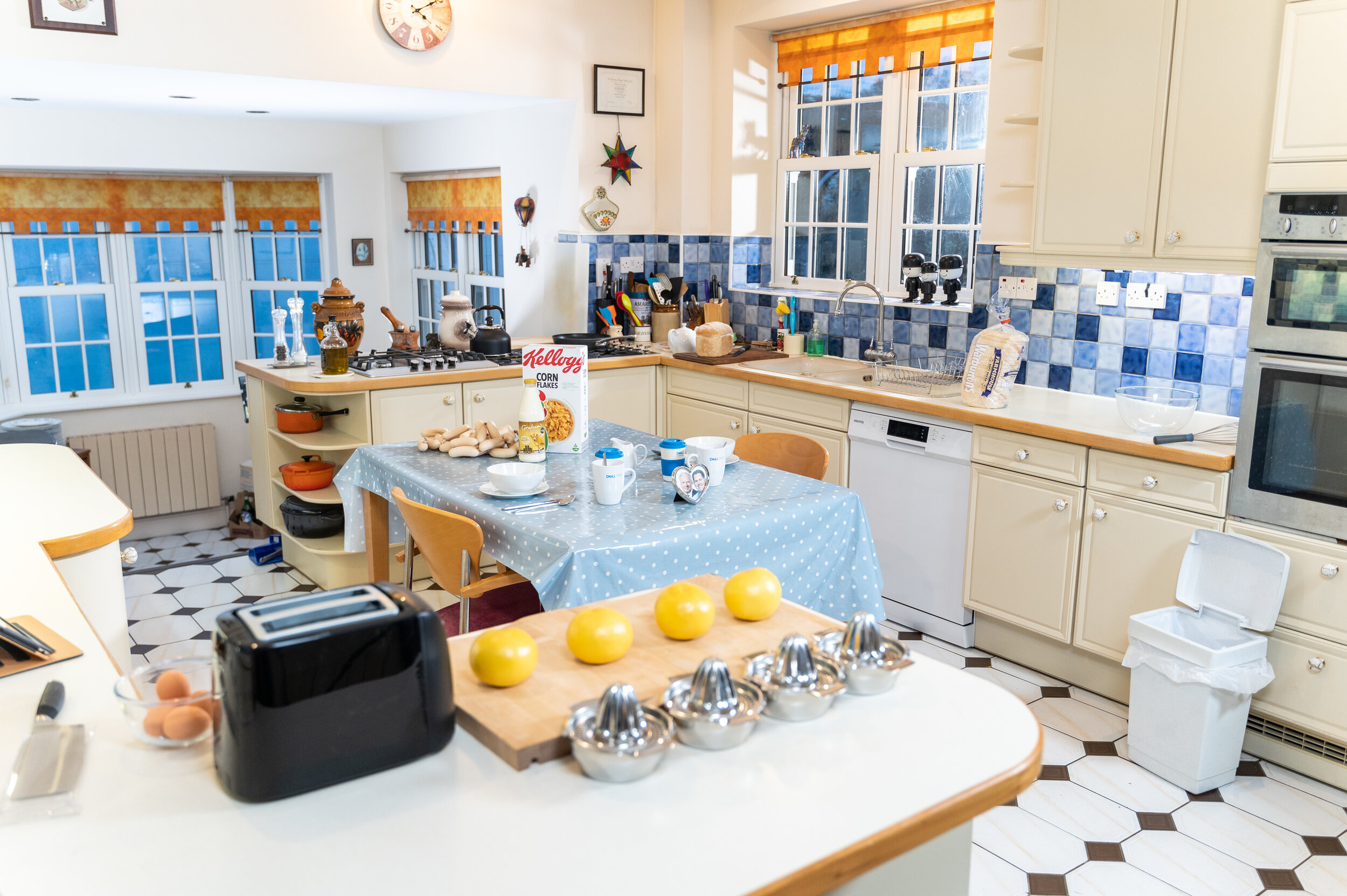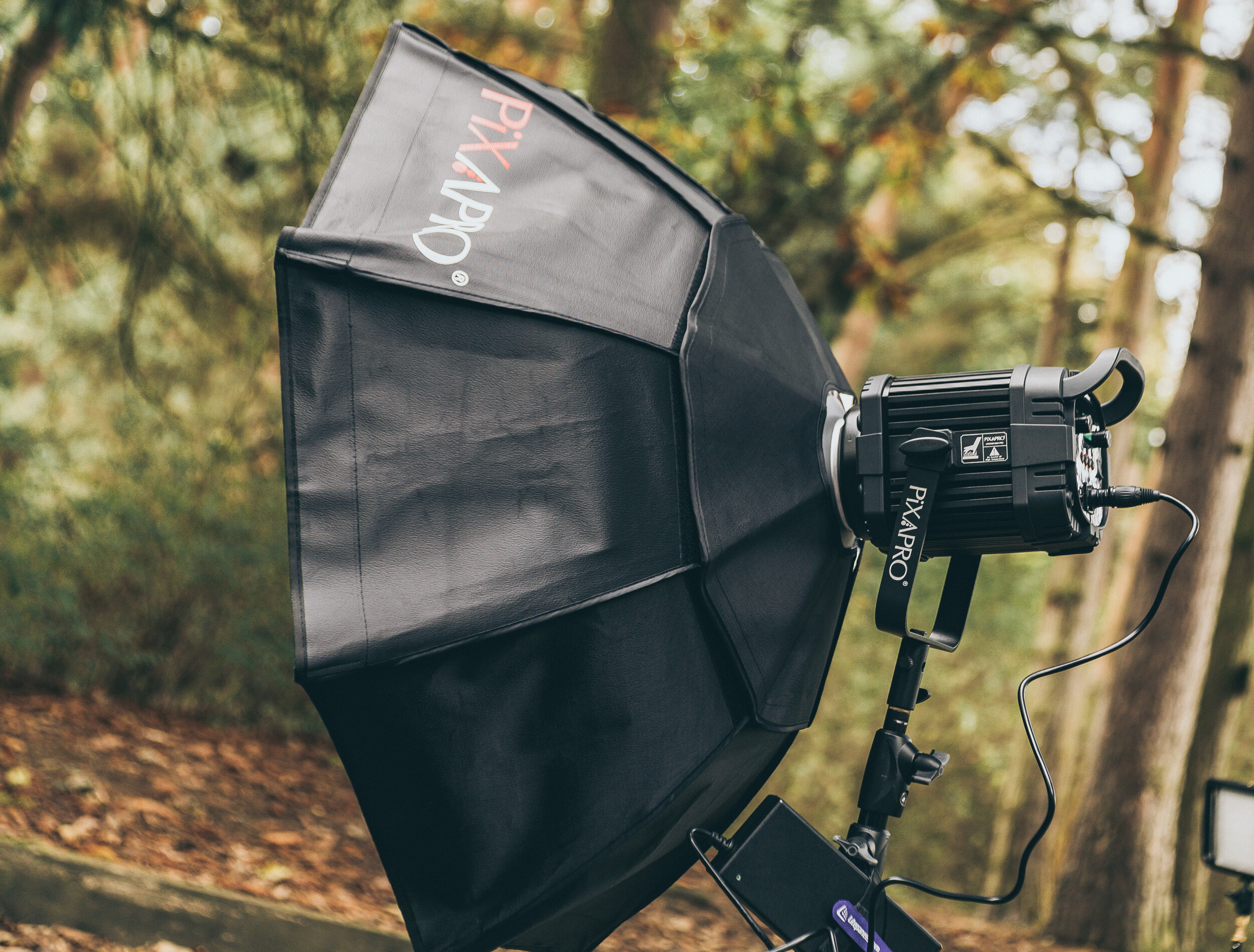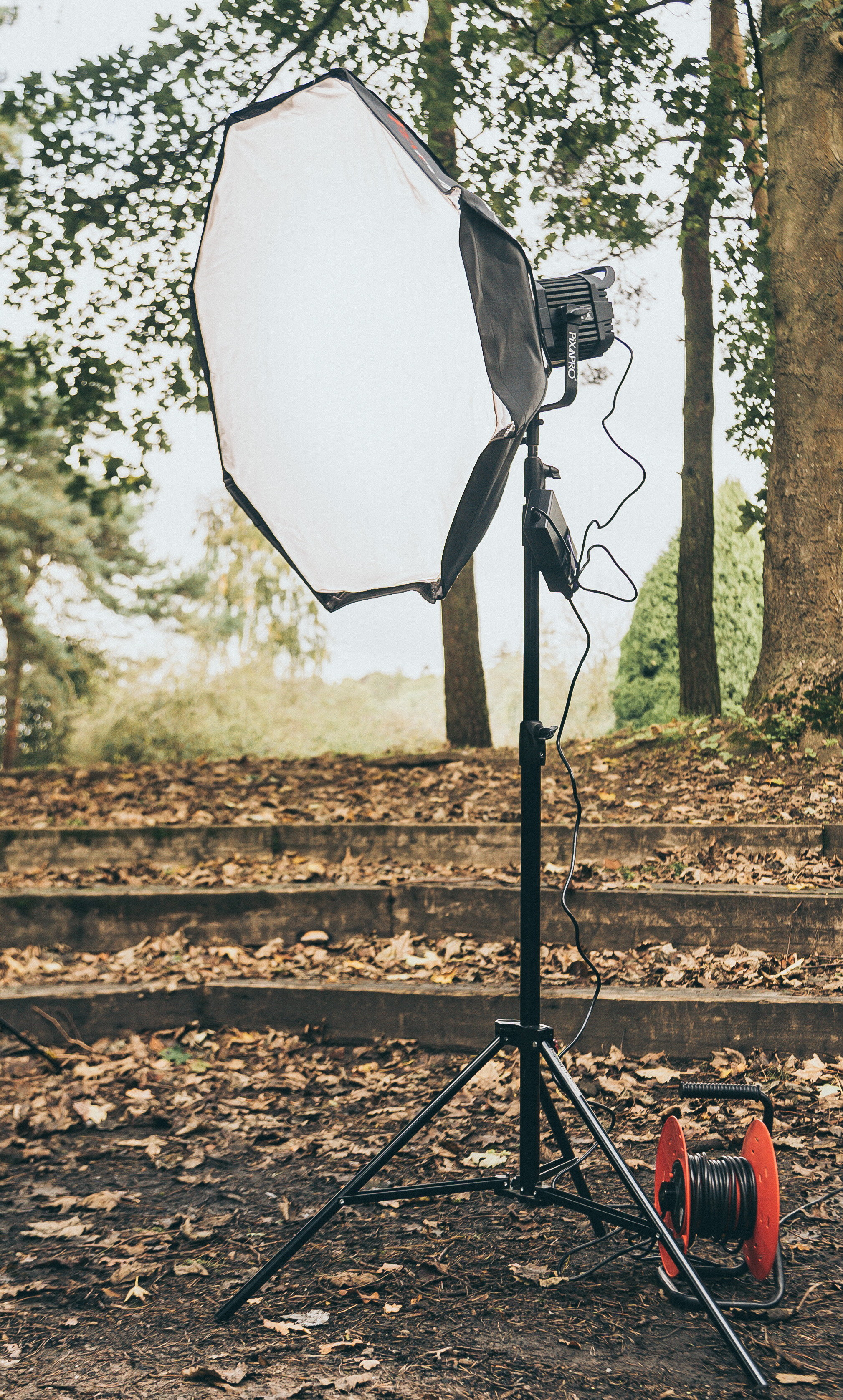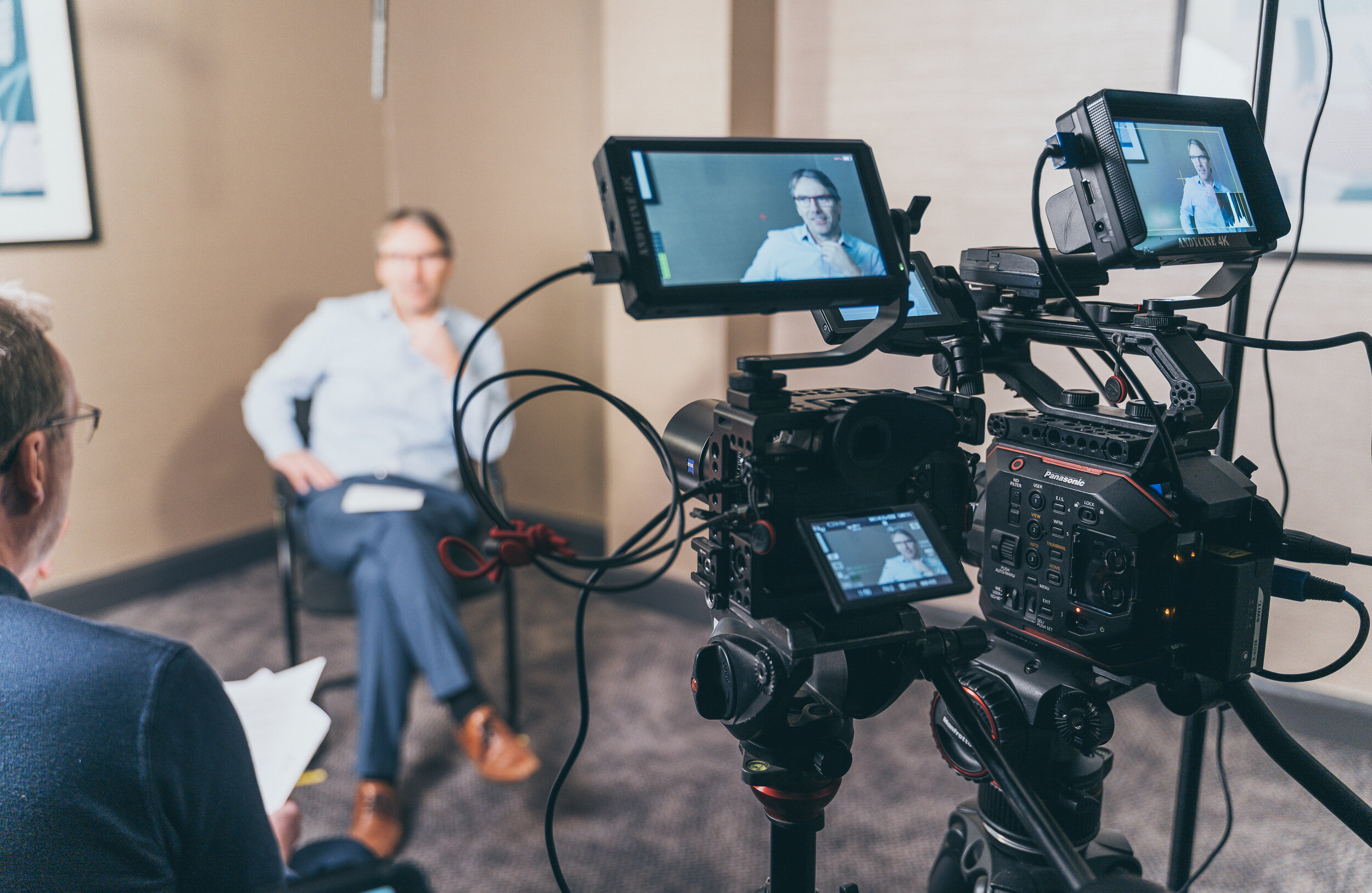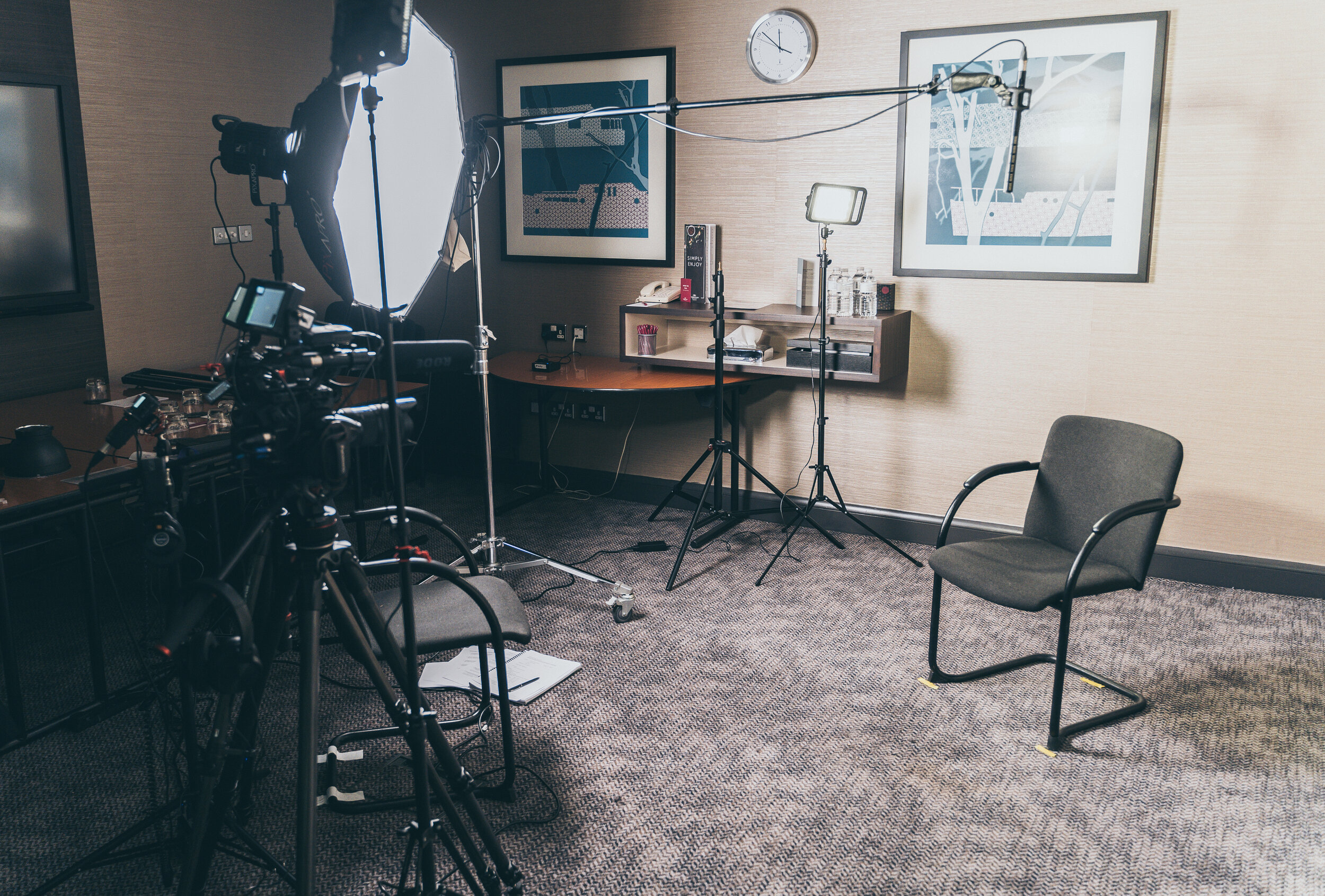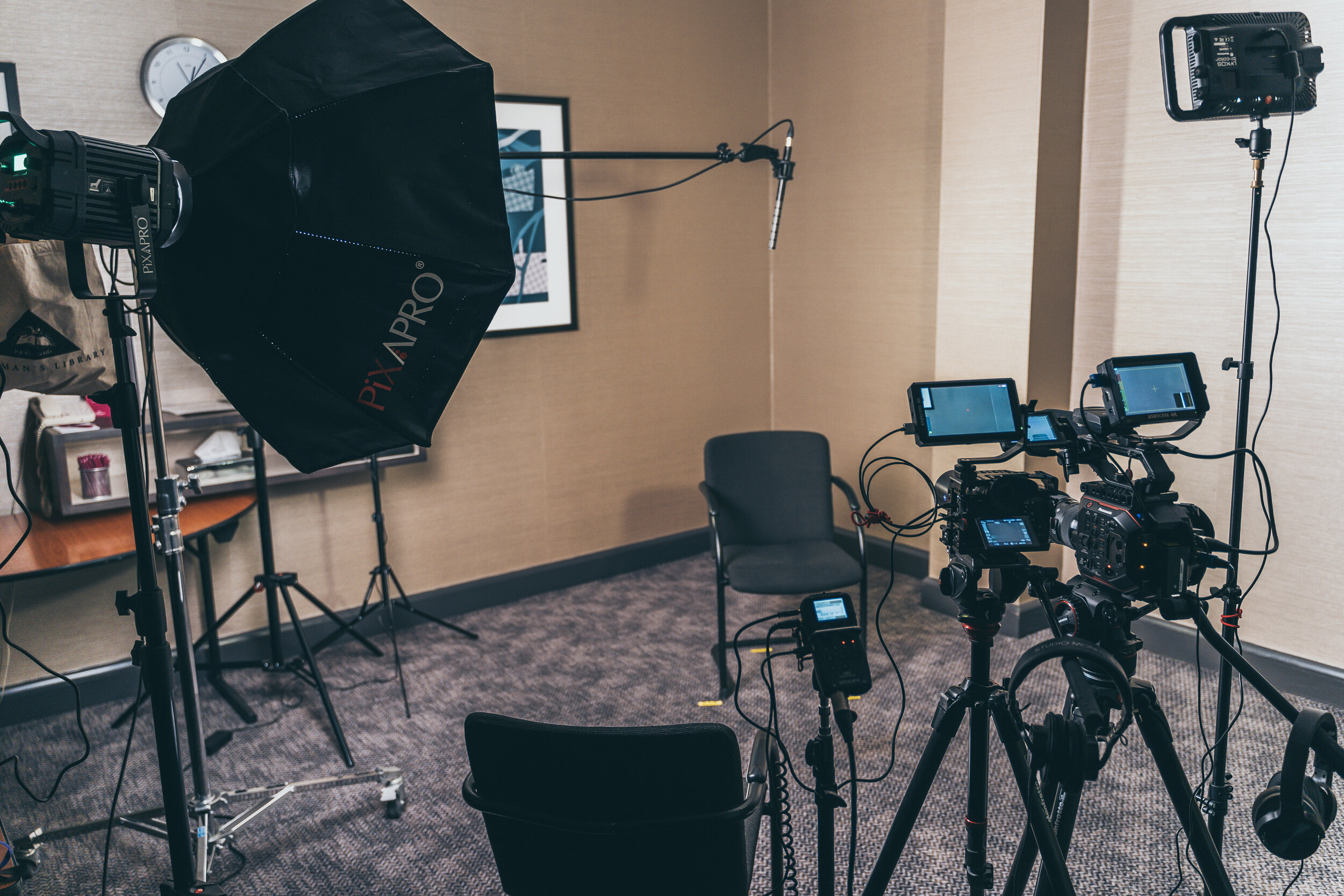Why You Should Consider The PiXAPRO LED200B III For Your Filming
There is hot competition in the LED video lighting market, which makes it much harder to choose the ideal light for your shoots. After talking with colleagues, I decided to try out the PiXAPRO LED200B III, a competitor to the Aputure 120D II. The key difference between the two is that the LED200B III is bi-colour, with the favoured Aputure fixtures being daylight or tungsten.
To kick things off, here is a quick spec comparison between the LED200B III, Aputure C120D and C300D.
Aputure LS C120D II
5500K daylight
7,000 lux at 1m
CRI >96, TCLI 97
Equivalent to a 1K tungsten
Bowens S-type mount
DMX control
ABCD grouping
Mains and battery power
Aputure LS C300D II
5500K daylight
45,000 lux at 1m
CRI 96, TCLI 97
Equivalent output to a 2K tungsten ~
FX via remote and app control
Bowens S-type mount
ABCD grouping
Mains and battery power
LED200B III
3200-5600K bi-colour
16,000 lux at 1m
CRI >97, TCLI 97
Equivalent output of a 2K tungsten
Bowens S-type mount
4 memory settings
Wireless control via USB dongle
Mains power and battery power.
Creating a soft, ambient light
I recently used the LED200B III on an interior design shoot; the ambient light in the room room was downlit with tungsten panels and side lit (through tall windows) by daylight. Although the ambient light illuminated the room, it needed a boost of soft light to lift the shadows and even out the overall exposure.
The light was set to 3200K so it matched the main ambient light, and it proved a worthy fixture for the shoot.
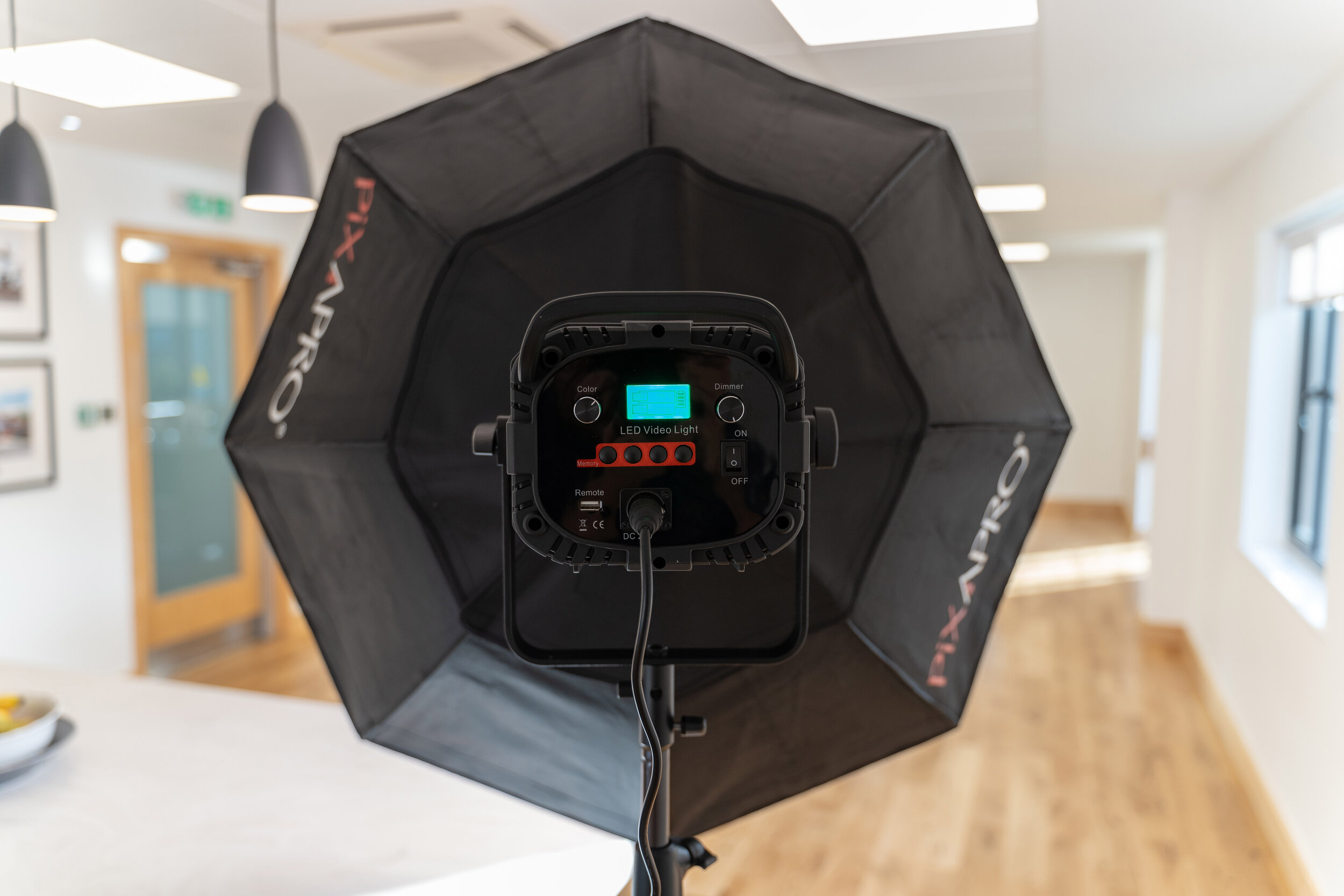
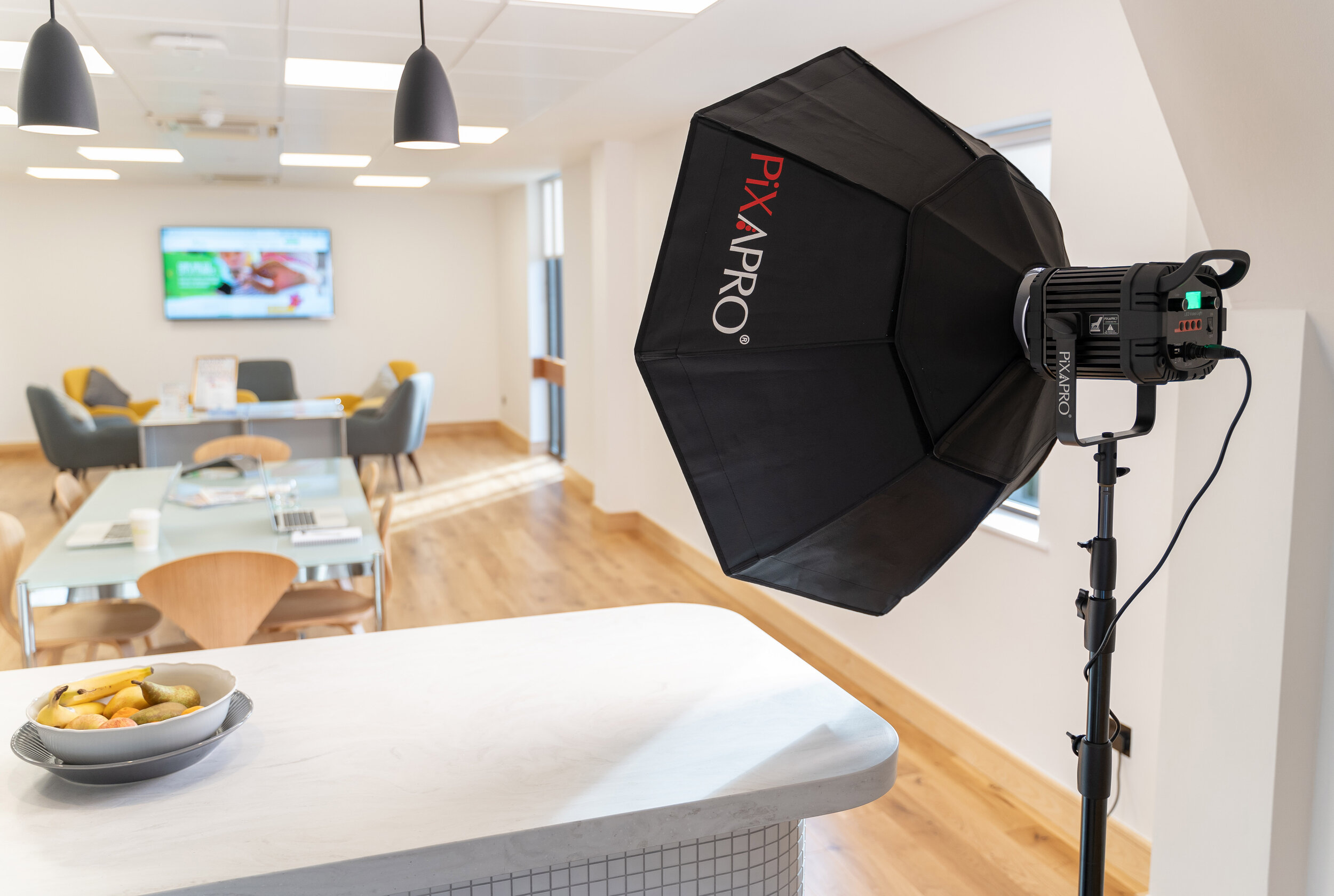

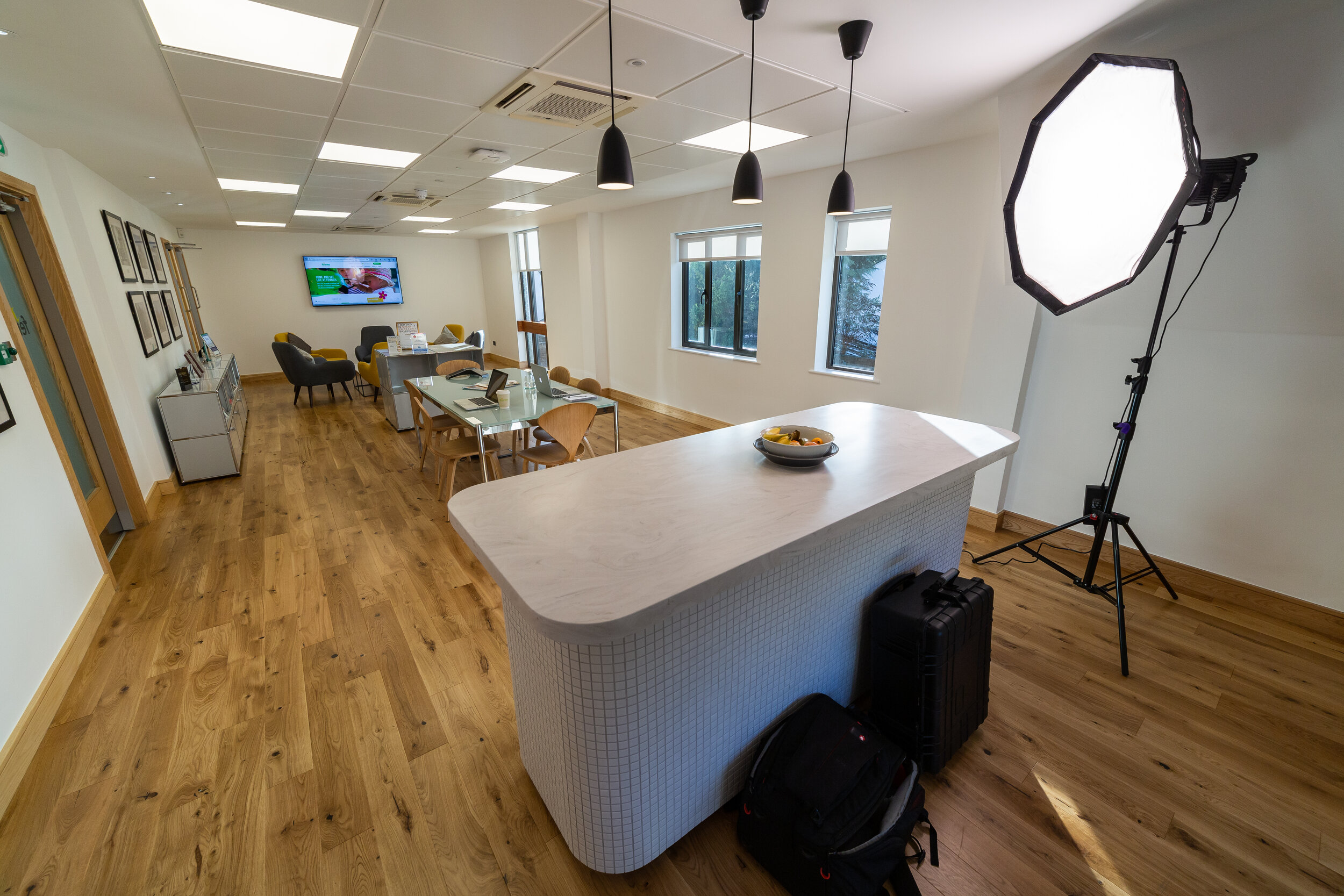
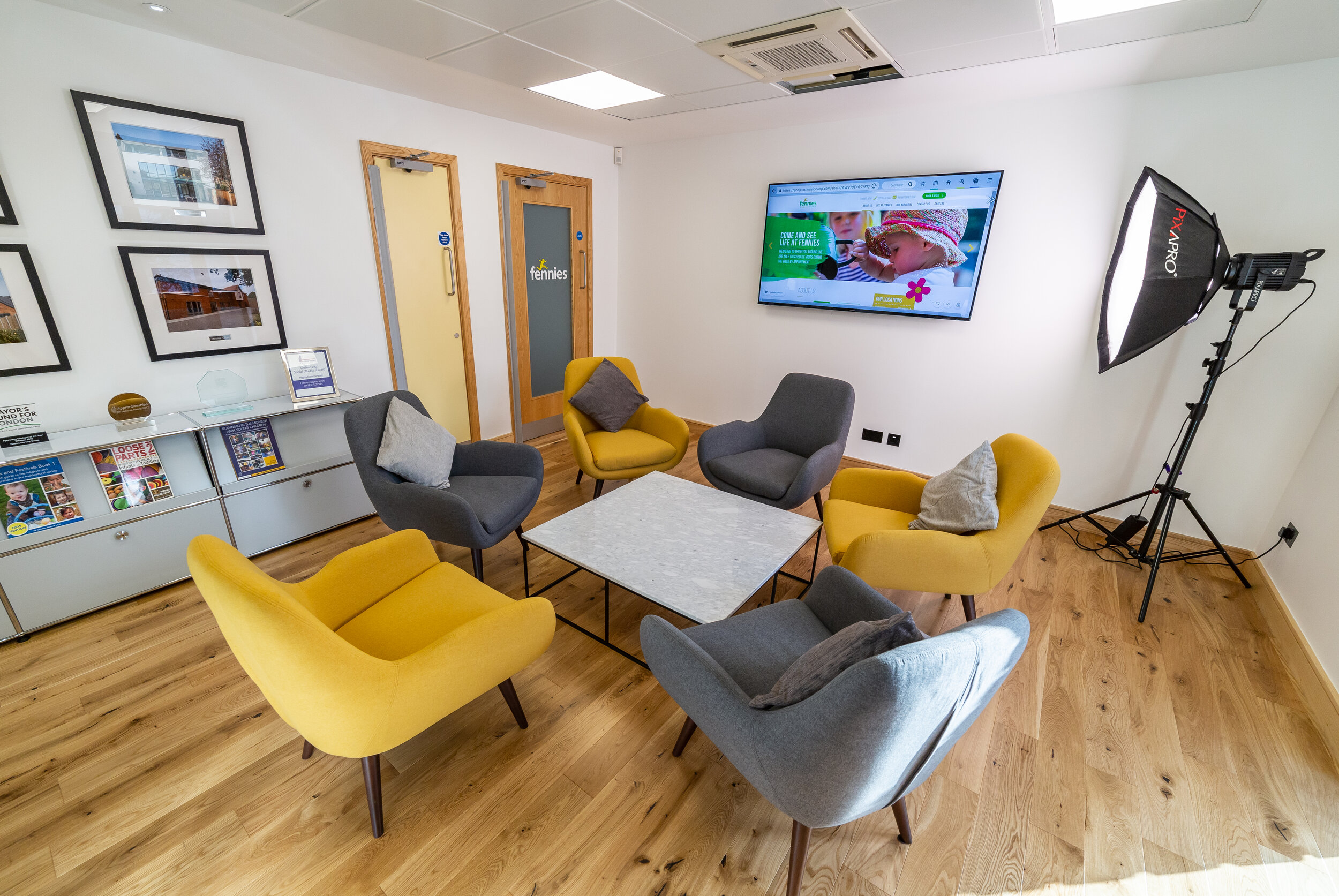
Using the LED200B III as a hard light source
As well as a large diffuse light source through modification, the LED200B III can also be used as a powerful hard light source. The fixture was used on a recent shoot, employed as a 2K tungsten-style would be (through a window). It created a strong beam of light for the scene that complimented the scenes key lighting.
Filming interviews and creating a super-wide light source is the typical way of using these lights, but these different scenarious and shoots show how versatile the LED200B III is.
Filming with the LED200B III Outdoors
From using the light outside, I was really pleased to see that it lit the subjects very well, in a smooth wash of daylight. With the 95cm octodome applied, the shadows were softened. The subjects being filmed weren’t put off by a big, bright light source, which meant that they didn’t squint into the camera.
PiXAPRO LED200B III Controls and Features
I was quickly able to set different brightness levels and colour temperatures into the memory bank, which is handy for quick setups or changes of location. Although the light can be controlled via a remote control, I haven’t tried this out but can imagine it would be useful if the fixture is rigged in a studio.
The light intensity is in steps of 1% and 10% increments, at 100% intensity the fixture is capable of 16,000 lux @ 1m. Rated at equivalent to a 2K tungsten, it is impressively bright, even with the octodome attached.
Unlike the Aputure 300B II LED light which has a single COB (chip on board) LED, the PiXAPRO LED200B III has four Integrated LED chips strips; two daylight (5600K) and two tungsten (3200K).
PiXAPRO LED200B III SMD Chips
Using The Light In a Studio
The LED200B III proved to be the perfect choice for demonstrating lighting techniques at Kingston University. The students got hands on lighting different scenes to convey emotion, and saw how powerful the use of soft lighting is when filming people.
For filming interviews or pieces with subjects, I found that the light output was more than adequate when shooting at a shallow depth of field. The wrapping texture of the light meant that only an additional backlight/rim light was needed to accentuate the subject. This is easily achieved with another small LED fixture.
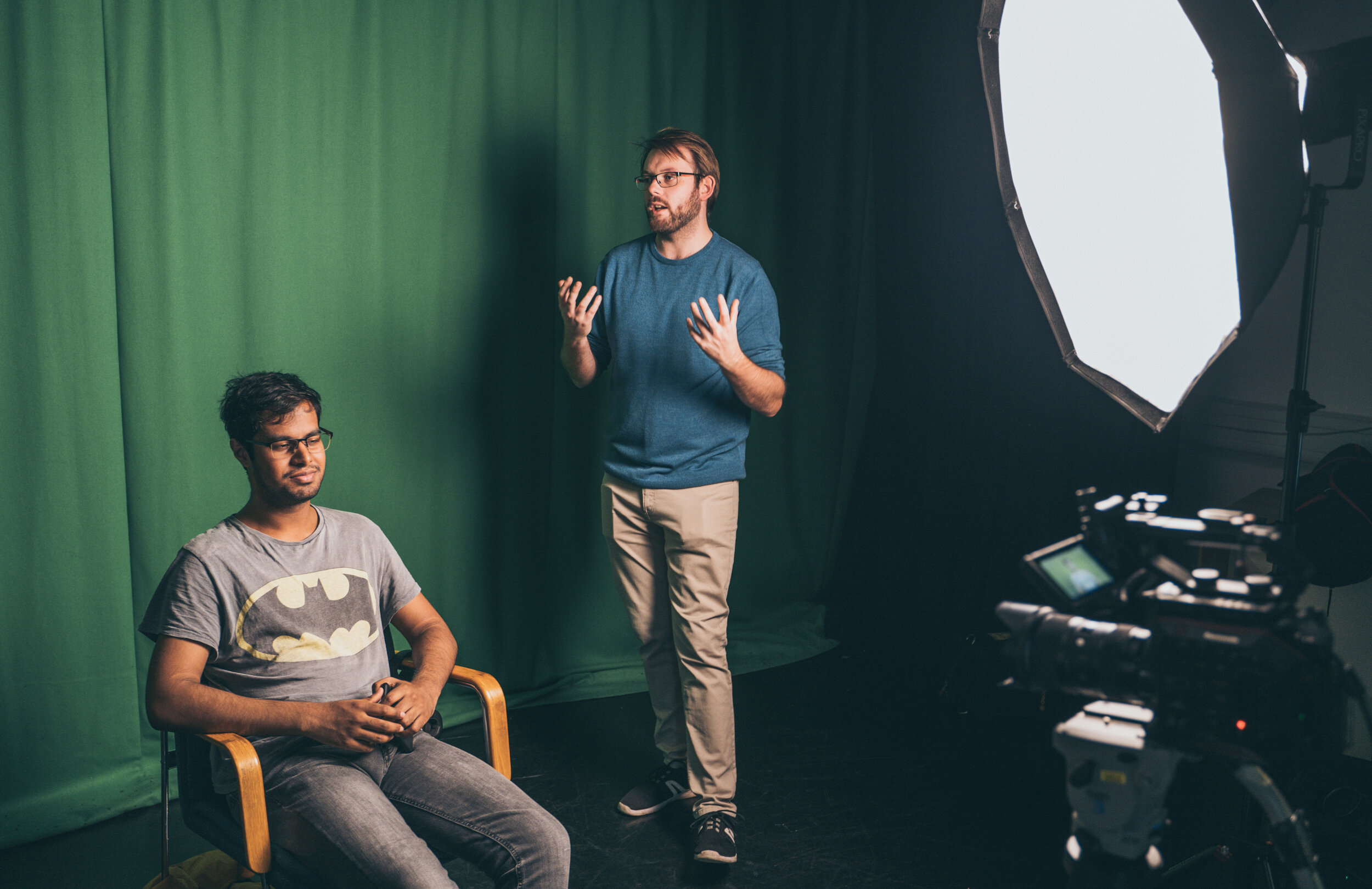
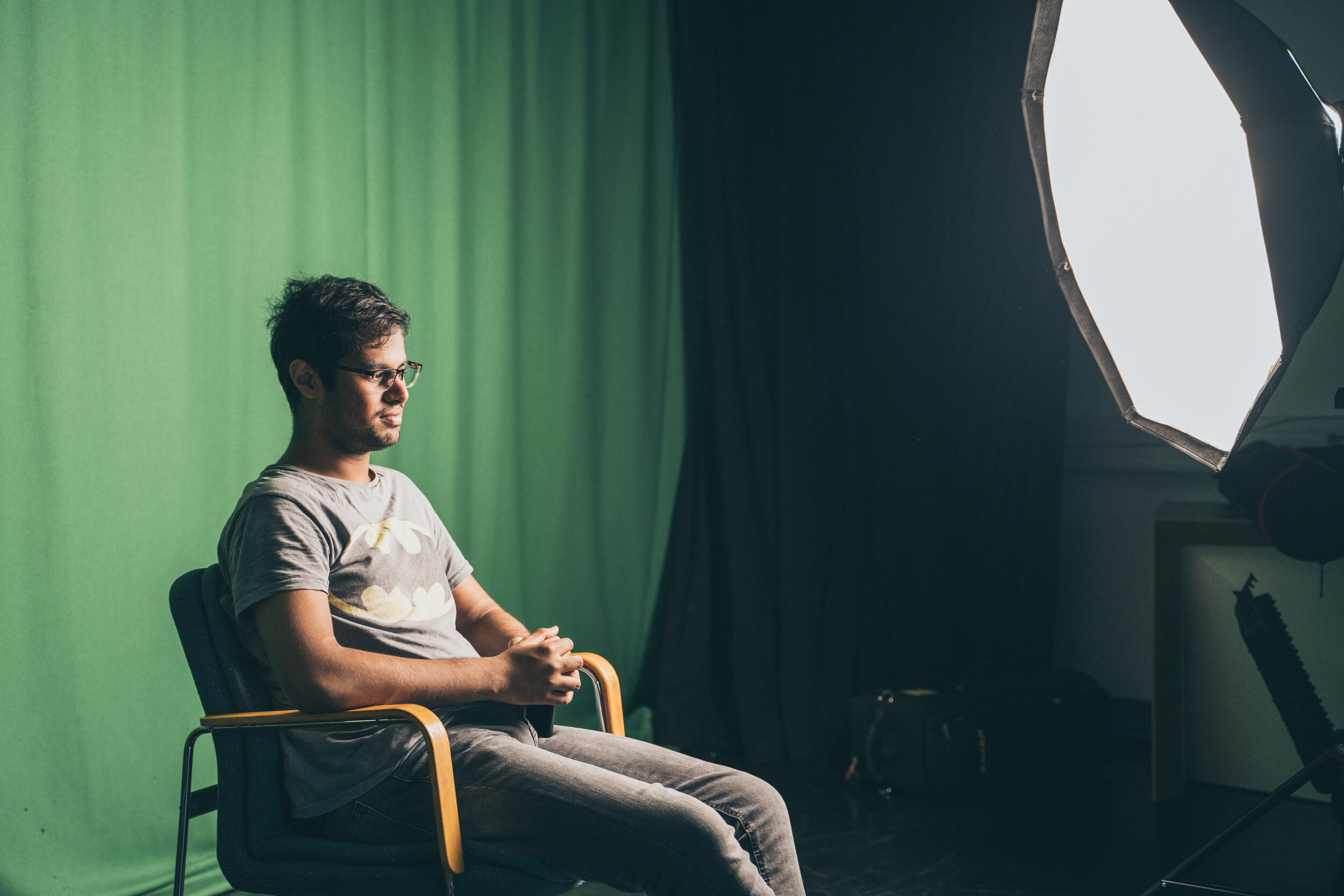
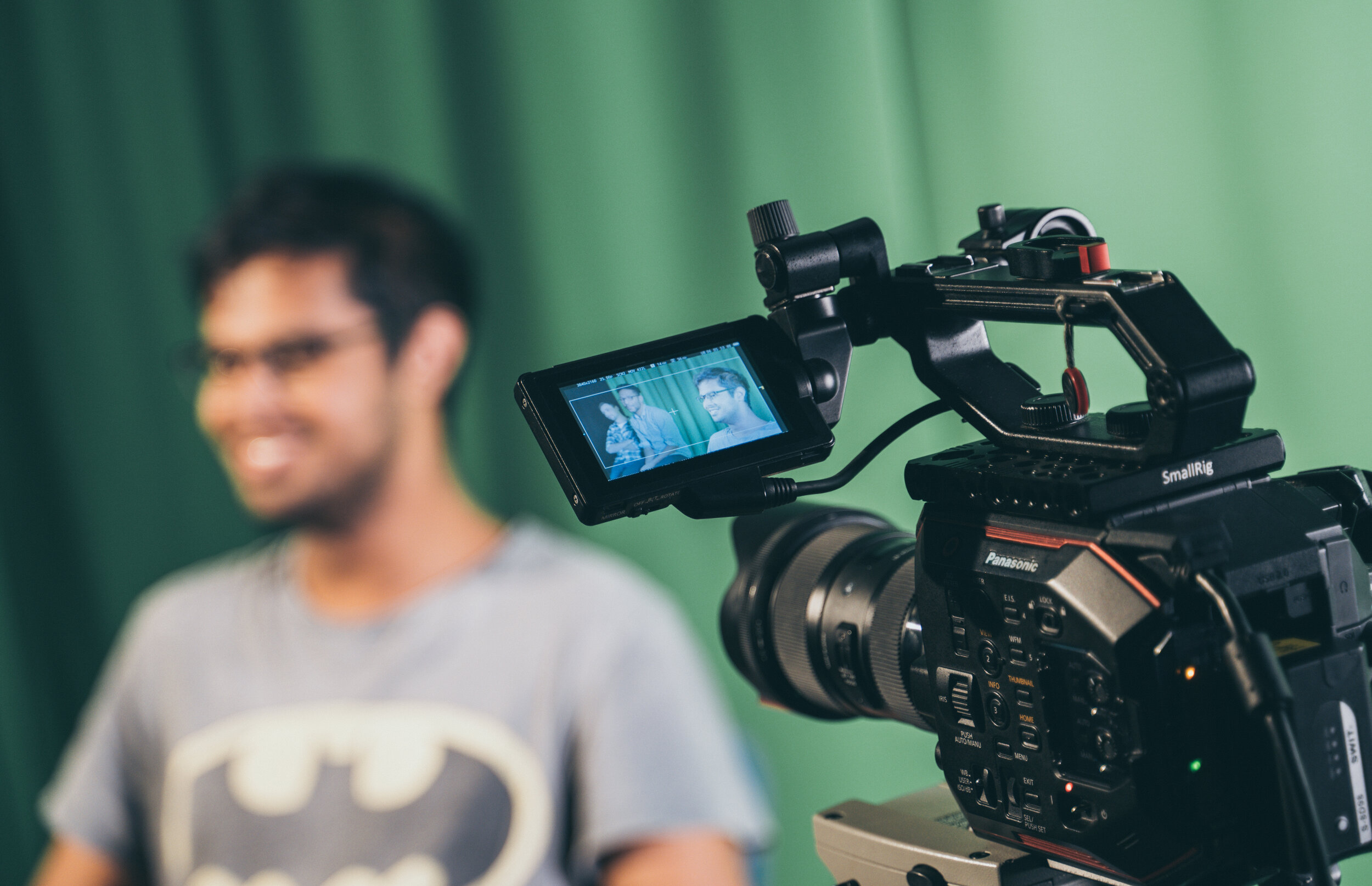
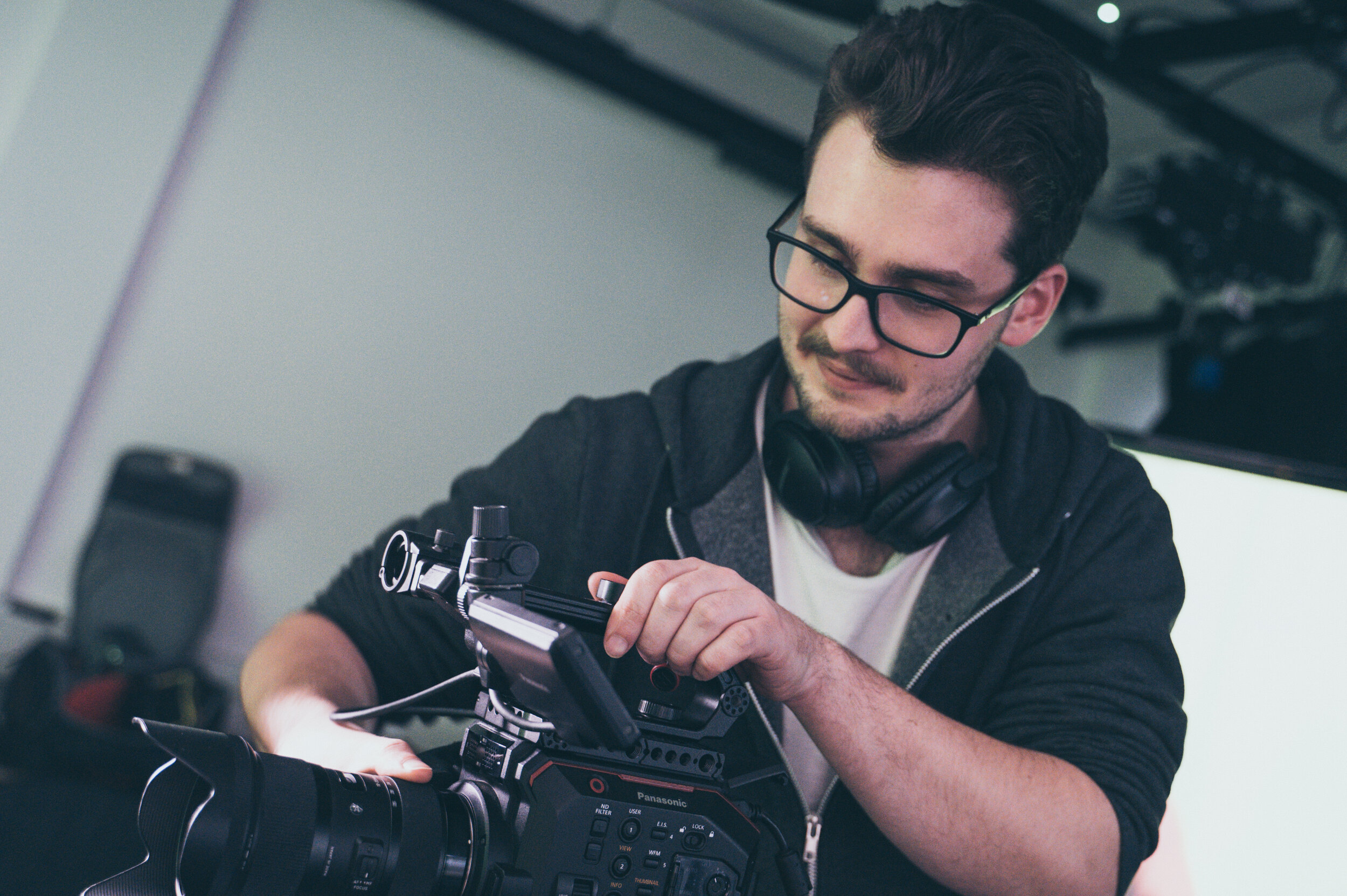
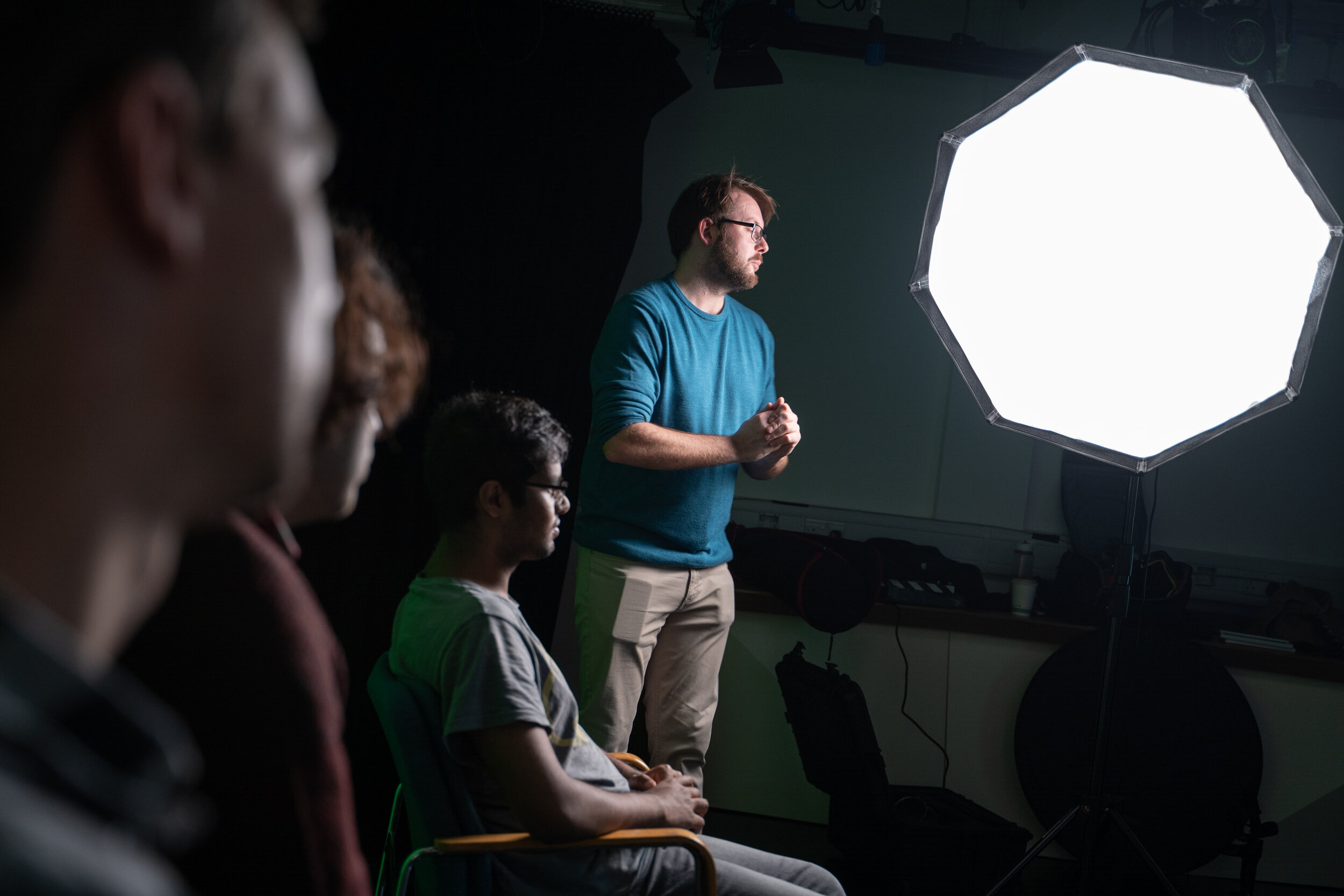
Corporate Interview Filming
Lighting interview subjects is a crucial skills that we are proud to have, especially on the corporate productions we work on. The LED200B III has played an important role in softly lighting subjects as a key light, with smaller lights filling in shadows from the side and back.
From using the light on a number of different video shoots, I found that it can be used as a single soft key light for more simple shoots or to create a slighty dramatic shadow effect, making it very versatile.
My key reasons for choosing the LED200B III
Filming locations vary from day to day, so a bi-colour fixture was a must. The LED200B III is rated at 3200K - 5600K, which is an advantage over having a dedicated daylight or tungsten fixture. The downside to a bi-colour light is that the light output won’t be as bright as a dedicated colour temperature light.
A soft, diffuse light for filming products and interviews is a must. Using the 95cm octodome with the fixture creates a wonderful soft wash of light, with graduated shadows that gently fall off. The light is very pleasing for illuminating subjects. The light is very bright too, which is a key reason for choosing this model over the LED100B II model. Light output can always be dimmed, but you would need two light fixtures to reach the same maximum output as the LED200B III.
Cost was also a consideration, with the LED200B III, peli case and octodome coming in at under £600.00. Compare this to the Aputure competitors that are over £700.00 and over £1000.00 respectively, and without accessories. It is possible to use batteries to power the fixture with a 24W V-Lock battery and this battery plate - V-lock battery plate.
Creative effects and prograbbable fixtures are making their way into this type of light, so it is unfortunate that the LED200B III doesn’t have any built in (or available via an app). This appears to be a cost bracket, as higher priced units have effects such as strobing or glowing fire. Perhaps we will see this in future models.
If you are searching for a new LED light, you should definitely consider the PiXAPRO LED200B III. EssentialPhoto often have bundle deals available that include modifiers, peli cases and stands too.



